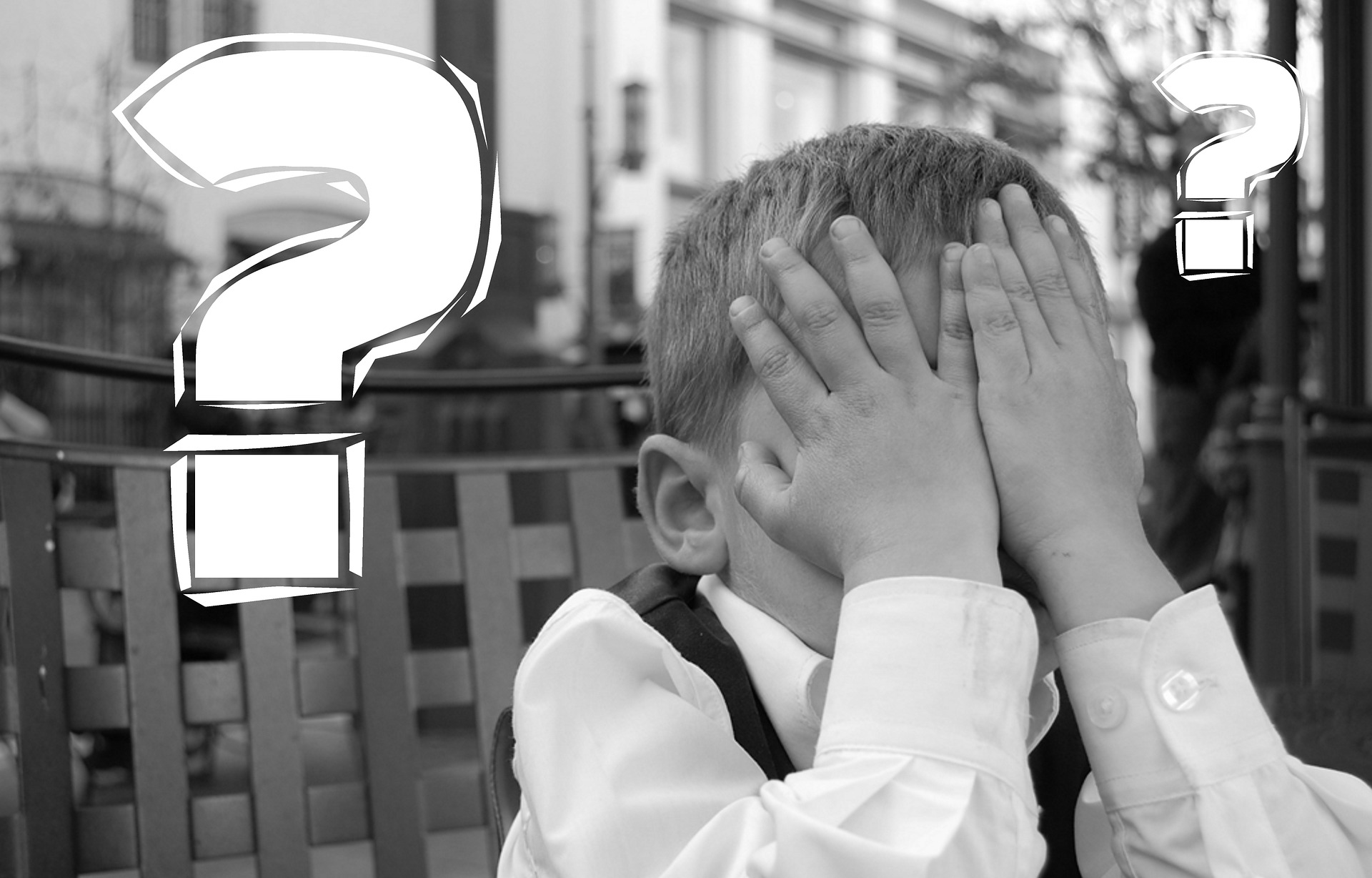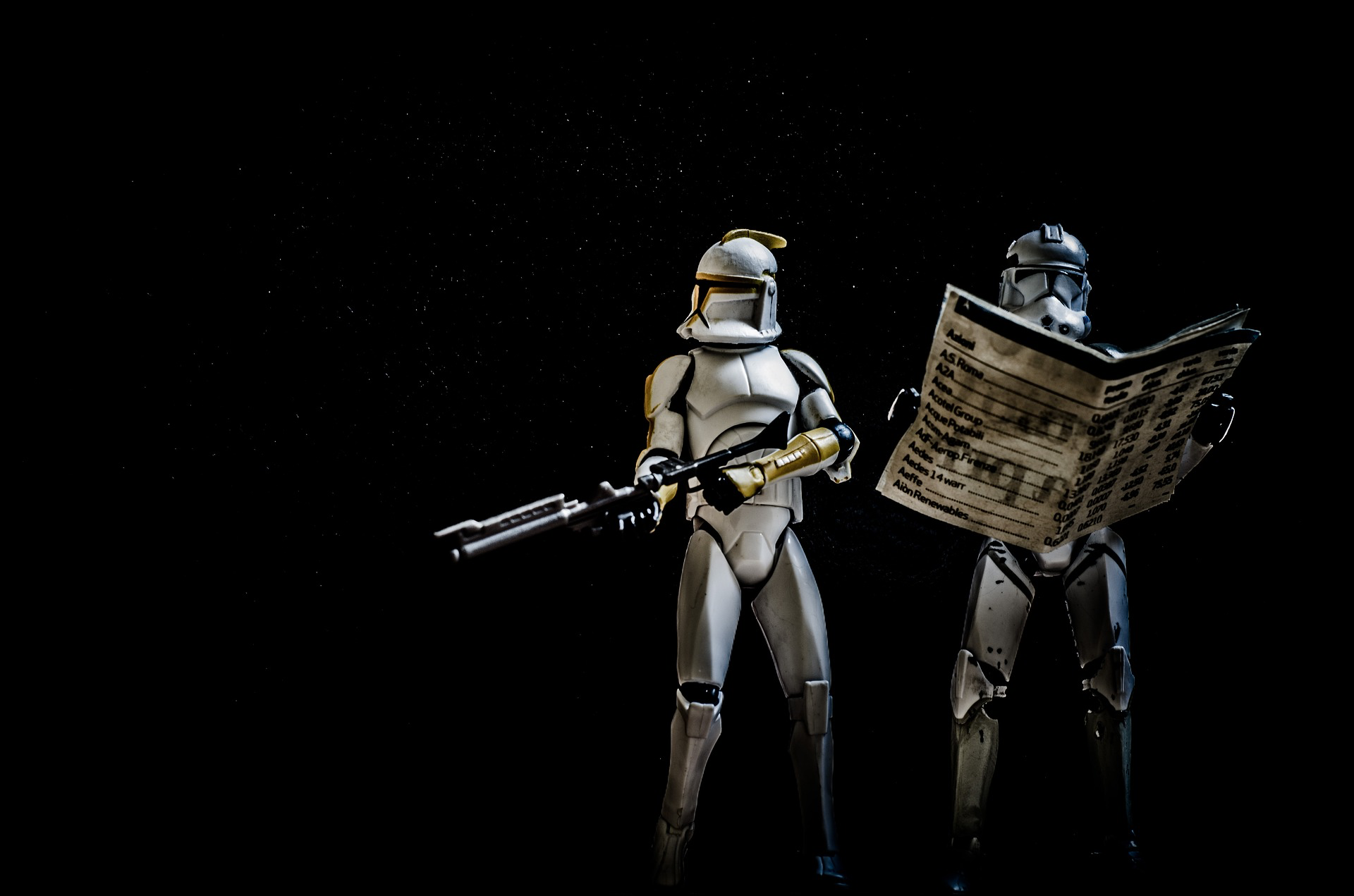Cloning, Part 3
Now that we’ve covered what cloning is and why it should (or shouldn’t) be considered in your SciFi story, I think it would behoove us to look at two examples of how cloning has been used well…and not so well.
A caveat to this blog post before we dive right in: cloning has not been used very accurately in SciFi fiction. At least in what I have read in my quarter century of living. So, it is nearly impossible for me to point to a story and say “See? They got it right! Look at how they used the terminology!” The novel House of Scorpion is probably the only exception so far, but I won’t be covering it here because I haven’t finished reading it (yay grad school!).
Unfortunately, I lack a decent example for implementing the techniques for cloning, and I really wish I could show you how people have used the terminology and techniques accurately. Unlike bacterial culturing or relativity, which tends to have writers researching intensively for implementation into their stories, cloning tends to receive the “hand wave” treatment. It “just happens” in a laboratory.
So, for the purpose of this post, I am actually going to look into the world of script writing and examine two examples using cloning as a worldbuilding and character creation tool that I have seen on television. One is probably one that you’ve never heard of, and the other is one that you’ll definitely recognize.
Let’s get to it! (Spoilers Ahead)
How Do We (Not) Use It?

Years ago, I watched a movie called Æon Flux. It is a film adaption of an animated TV series from 1991. I can’t say much for the original series, but I can certainly talk about the movie. It manages to hit many overused clichés found in clone stories.
The main twist is that everyone is a clone. Again, this twist isn’t shocking. Just because everyone is a clone doesn’t mean that people are less human. Clones of humans are still humans. And each one should be their own person.
But wait! Every clone keeps seeing visions of their past lives! Again, why on Earth (or some variation of Earth) would this happen?!? Memories aren’t passed down through genes.
(If there is one thing you take away from my “Cloning” series, please let it be that memories aren’t inheritable.)
Secondly, how they presented the main antagonists’ plan through the use of cloning was illogical. Evil scientists started to clone people to keep humanity alive after a virus devestated the human race, and the vaccine to counteract the virus made huamns sterile. The antognists become obsessed with maintaining power over the small population of humans that when a character manages to become naturally pregnant (her baby is not a clone), they murder her.
…Wait, what?
The antagonist’s plot begins to break down when we examine the logic at each step. The idea that a person or corperation has control over society because they have the knowledge and resources to clone doesn’t actually make much sense. They have to recycle DNA to maintain the human population. From a technical standpoint, that would be horrible. What if something happens to the DNA samples and you lose a good portion of your clone population? And how many attempts at in vitro fertilization do they have to do? Combined with the cost per clone (which I assume haven’t gone away just because each individual is a clone), cloning every generation uses up valuable resources and skills and creates no genetic variation (which is invaluable in small populations. Think about the emergency facing cheetahs due to lack of genetic variation, and you get the idea).
The antagonist doesn’t have control over society, they’ve enslaved themselves to a technical nightmare to keep humans stuck in this evolutionary cycle that, should something go wrong, could screw humanity over. To put it in more poetic terms, it’s like they are desperately trying to keep a fire going while it’s pouring rain and they only have embers to work with.
What baffels me, though, is that because a character managed to actually have a natural pregnancy (the first one in however many generations), the antagonist kills her. They should have kidnapped her and tried to figure out how to breed new “natural” babies with her. Imagine the political power the antagonist would gain if they had the one person in the world who can give natural births in a world where humans are evolutionarily stale because of cloning. Now that would be a cool clone story.
Unfortunately, Æon Flux manages to use many cloning clichés because the script writers fell into the trap “nothing screams SciFi louder than cloning,” and is a trap that far too many writers fall for that leaves glaring gaps of logic in their works.
How to Use It
This is going to be a weird one. Ready for it?
Star Wars: Clone Wars.

I know; this is probably not the example you were expecting.
Hear me out.
Star Wars is a series that thrives on soft science. Many people call the genre “Science Fantasy” because science and magic are interchangeable in these stories. And wouldn’t you expect something titled “The Clone Wars” to actually do clones well. You would expect many tropes to pop up. And it does… in the movies.
To clarify, I am talking about the Clone Wars TV series, not Episode II. Quick side note here: that series is phenomenal. It is what Episode III should have been. The Star Wars movies use clones poorly. They are there “because nothing screams SciFi louder than clones!” And in Episode III, they paint clones as essentially mindless soldiers bred for nothing else besides following orders when order 66 is initiated. In short, the movies paint them as “inhuman,” something that comes up so often with cloning in books/TV.
But going back, what makes the TV series clone portrayal “good”? The Clone Wars uses clones in a strangely unique way. Every clone has the same voice actor, but each has a different vocal tone and rhythm. Every clone has their own little touch to their armor or tattoo that makes them unique. Many of them have story arcs, sacrifices, and betrayals. I know who Rex, Cody, and others are even with their helmets on.
When they die, that clone is dead. Gone. No other clones takes their place in the story.
The main characters interact with them like they are just normal soldiers… because they are. Being a clone isn’t a “twist,” it’s just a “fact.”
And no clone has the original’s @$%@# memories.
The big critique of the clones, though, is the why they are there in the first place. The Republic needed an army so instead of recruiting, they asked for…clones? Of their enemy? I think the argument is that the Republic was willing to pay for the best army that was bred to fight, but then why wouldn’t they ask to clone an army of Jedi’s instead of Bounty Hunters?
So yes, this Star Wars example isn’t the best for the “why” to use clones (and the idea that clones are a way to mass produce an army, another overused trope), but for the most part, the series avoids the clichés. The writers chose not to explore the procedure and technology for cloning, and instead choose to focus on clones as characters. It’s a nice break from what we normally see in SciFi.
The Takeaway?
So ends the last post of my cloning series! Some things to remember! Be cognizant of the clichés and tropes associated with cloning. Be aware of what cloning really is, and then play around with how society views them. Think of the number of clones. Ask who is paying for it. Ask who gets cloned and (most imporantly) why.
Cloning happens in nature all the time. Cloning is difficult and expensive. Most importantly, cloning is not the “copy paste” function on your keyboard; each clone is unique, both in personality and body type.
And most importantly… YOU CANNOT GENETICALLY INHERIT MEMORIES. Just remember that little trick, and your story will already seem fresh.
